Porsche is nervous about this. In the past, it has invited the odd journalist to sit alongside a test driver while a car was being signed off, but never actually to drive.
Or at least to be able to admit as much in print. I once spent consecutive nights on the same aircraft to have a few minutes in the passenger seat of a new Porsche 911 as it was signed off by Porsche’s top brass near Cape Town. This trip was rather more fruitful: I only had to go to Barcelona, I spent hours not minutes in the car and, most importantly, most of those hours were behind the wheel of the new, yet to be unveiled, Porsche Cayenne.
Porsche’s understandable sensitivity means there’s much I can’t share about this third-gen Cayenne. When I asked one engineer about the hybrid versions to come, the reply was simply: “What hybrid?”. I can’t show you any images of the interior and Porsche even went to the effort of removing all the tiny Stuttgart shields from the wheel centres, though, oddly enough, not the bloody great one in the middle of the bonnet.
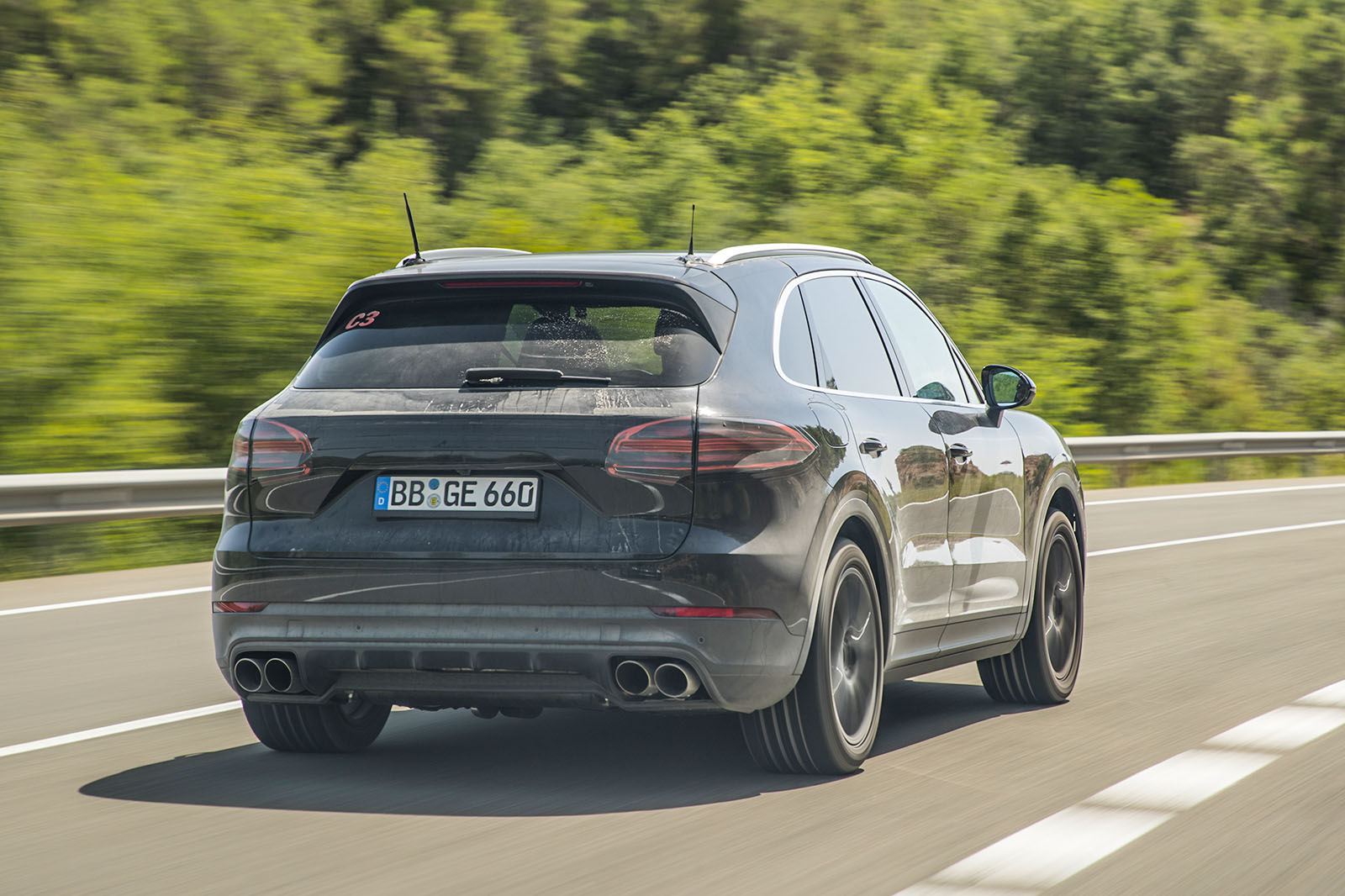
Nevertheless, there is plenty about this Cayenne you will have surmised already, so I won’t dwell on it. It sits on the VW Group’s MLB platform that already underpins cars such as the Audi Q7 and Bentley Bentayga and will also form the basis of the Lamborghini Urus.
Its engines largely mirror those already launched in the Porsche Panamera and will therefore feature two V6 petrol motors for the base Cayenne (335bhp) and S (434bhp), a four-litre twin turbo V8 (540bhp) for the Turbo and (while Porsche made no mention of either) Audi-sourced V6 and V8 diesels as well. The latter 414bhp unit features the electric compressor charger present in V8 diesel Q7s and Bentaygas, but not the Panamera.

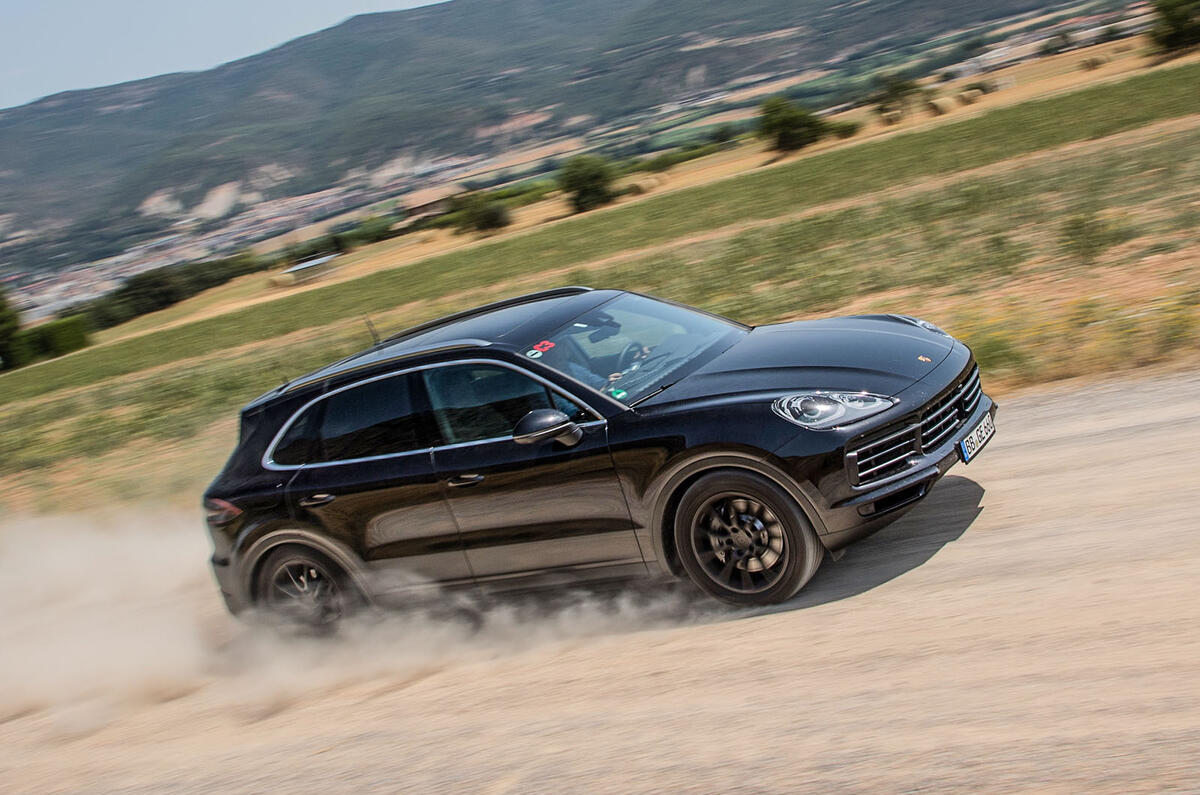
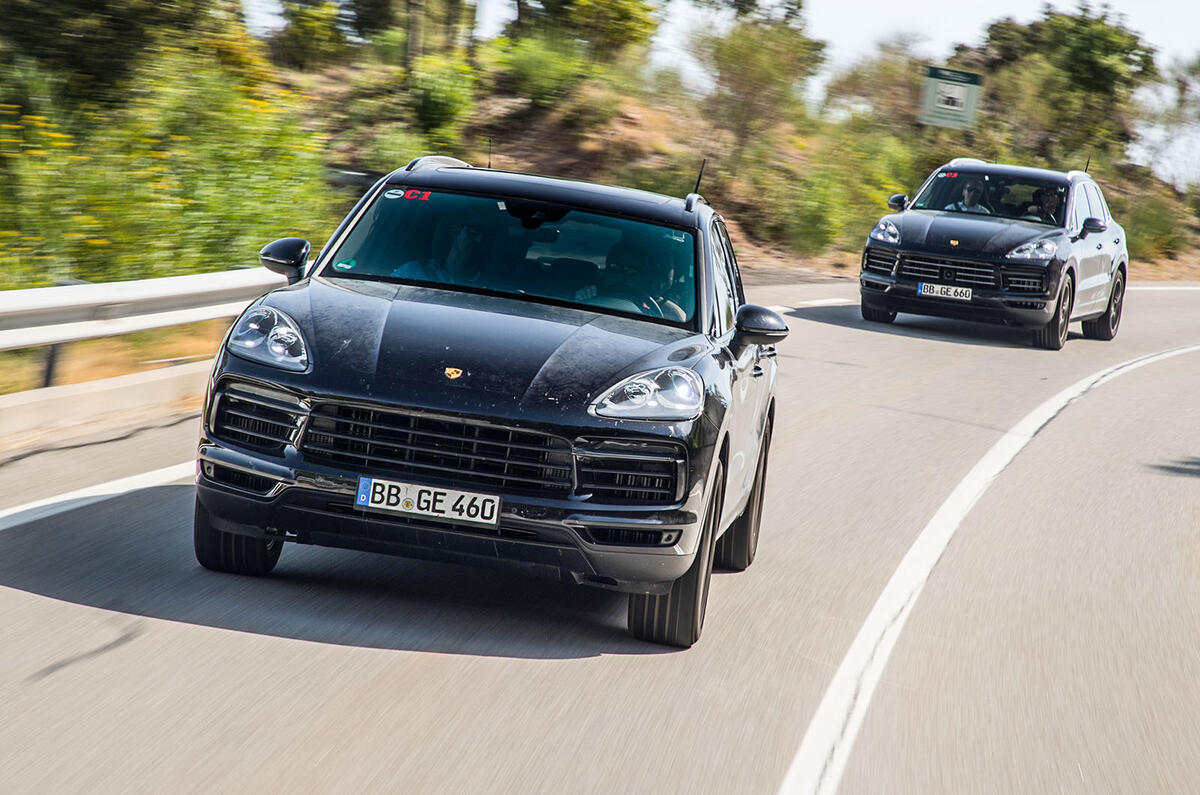
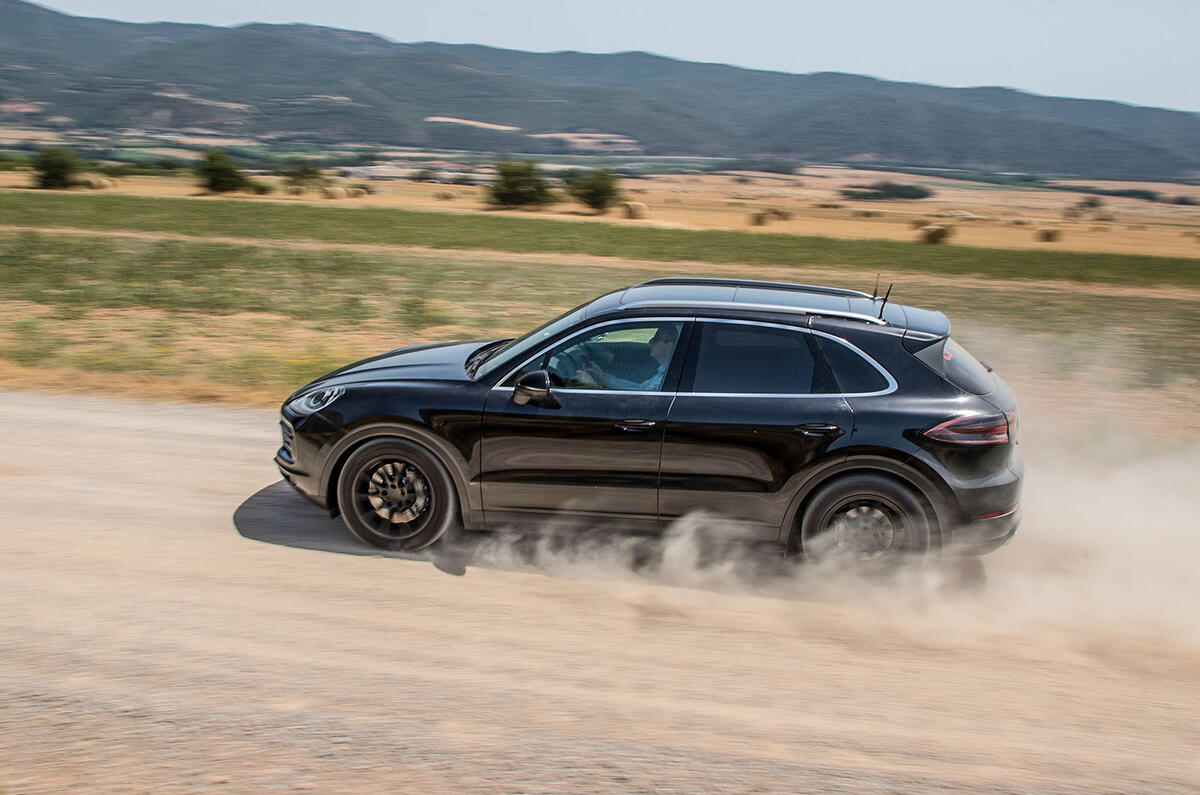
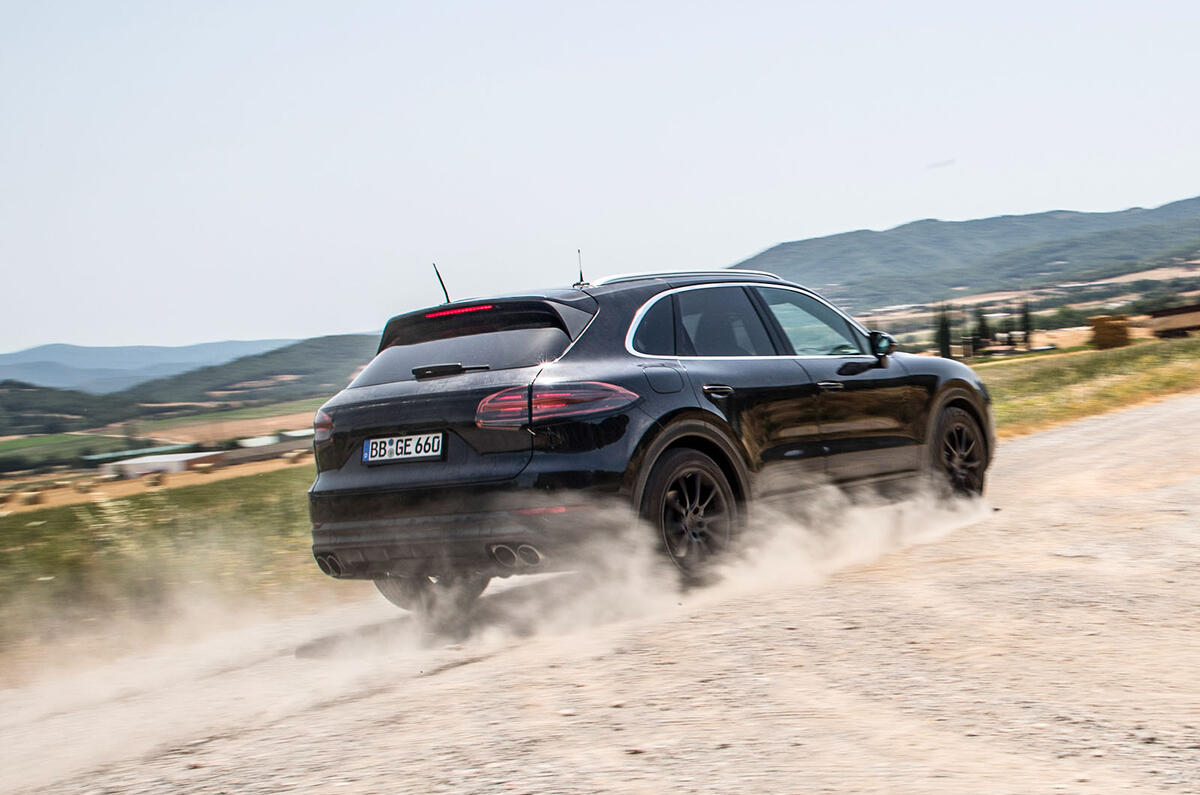

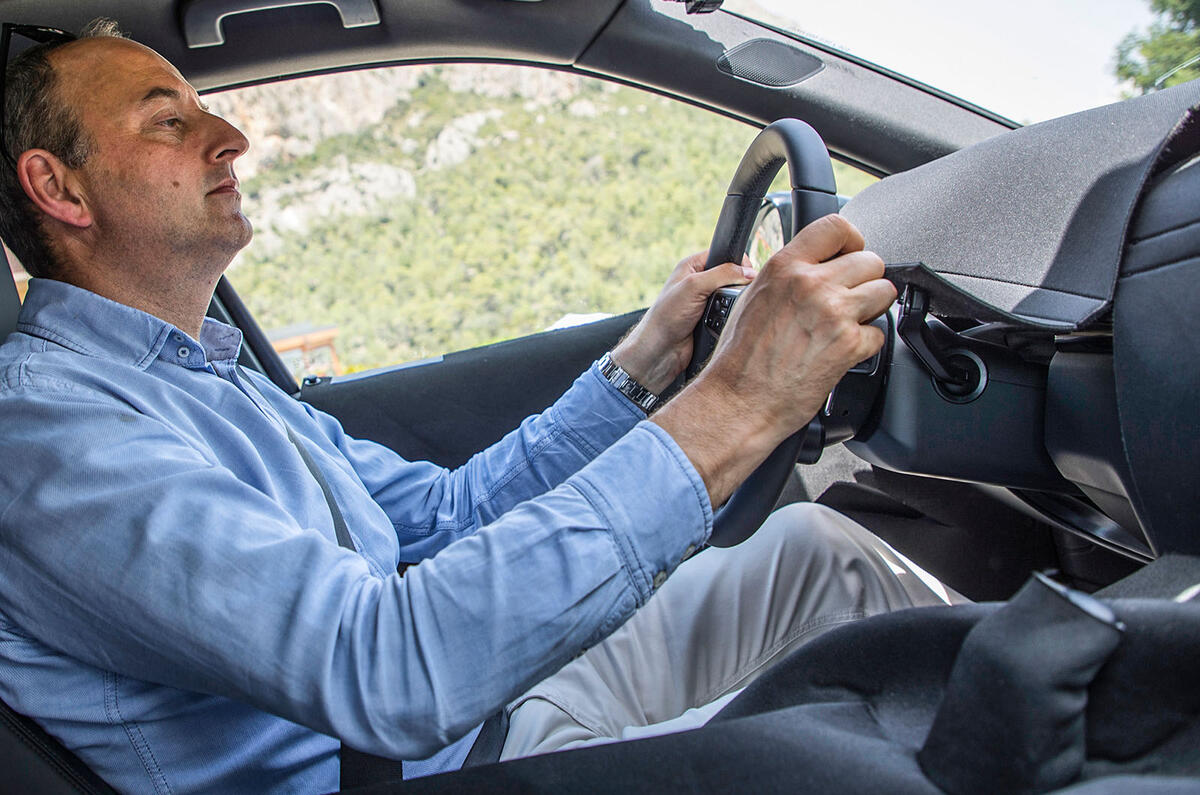
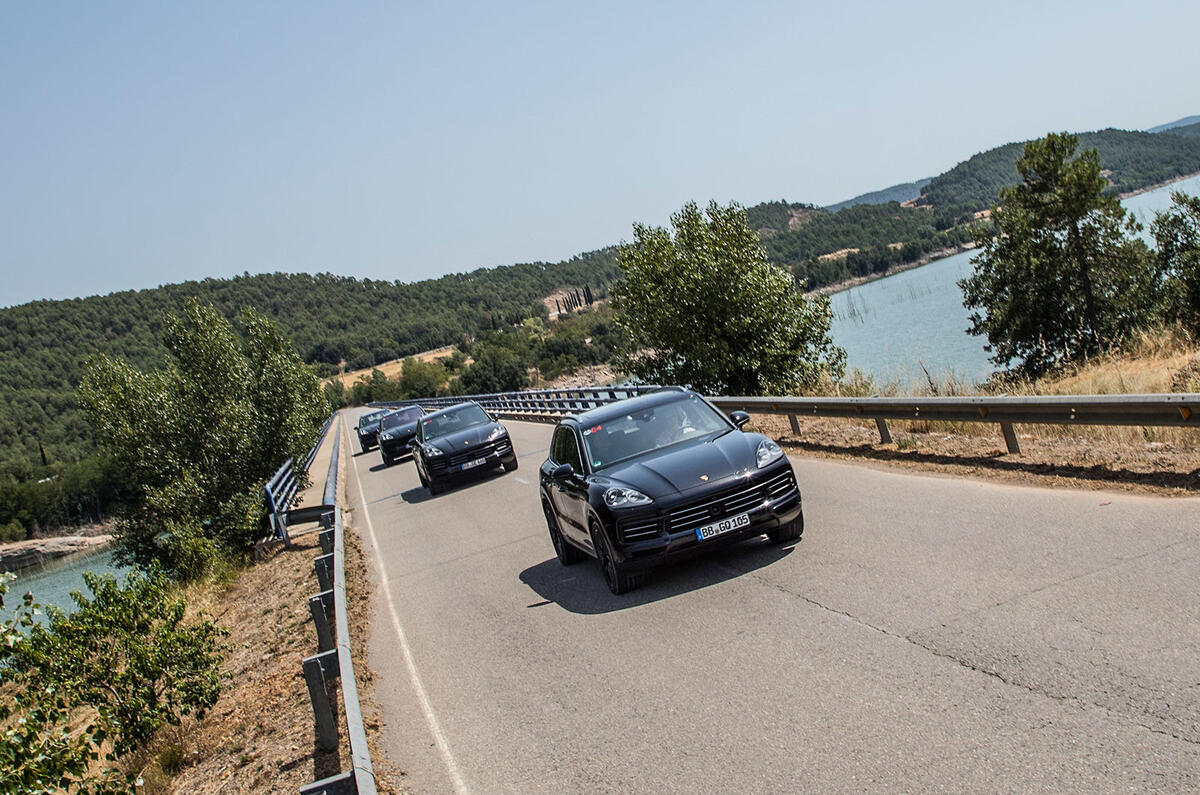

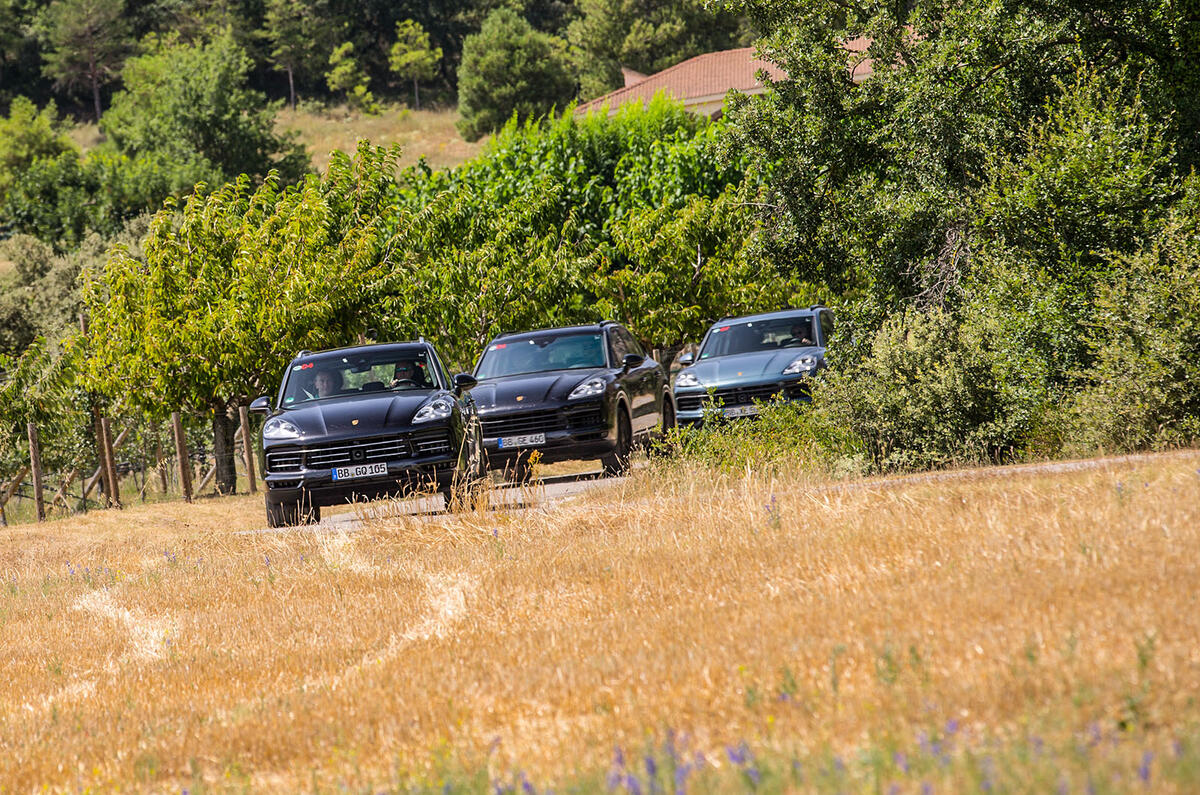
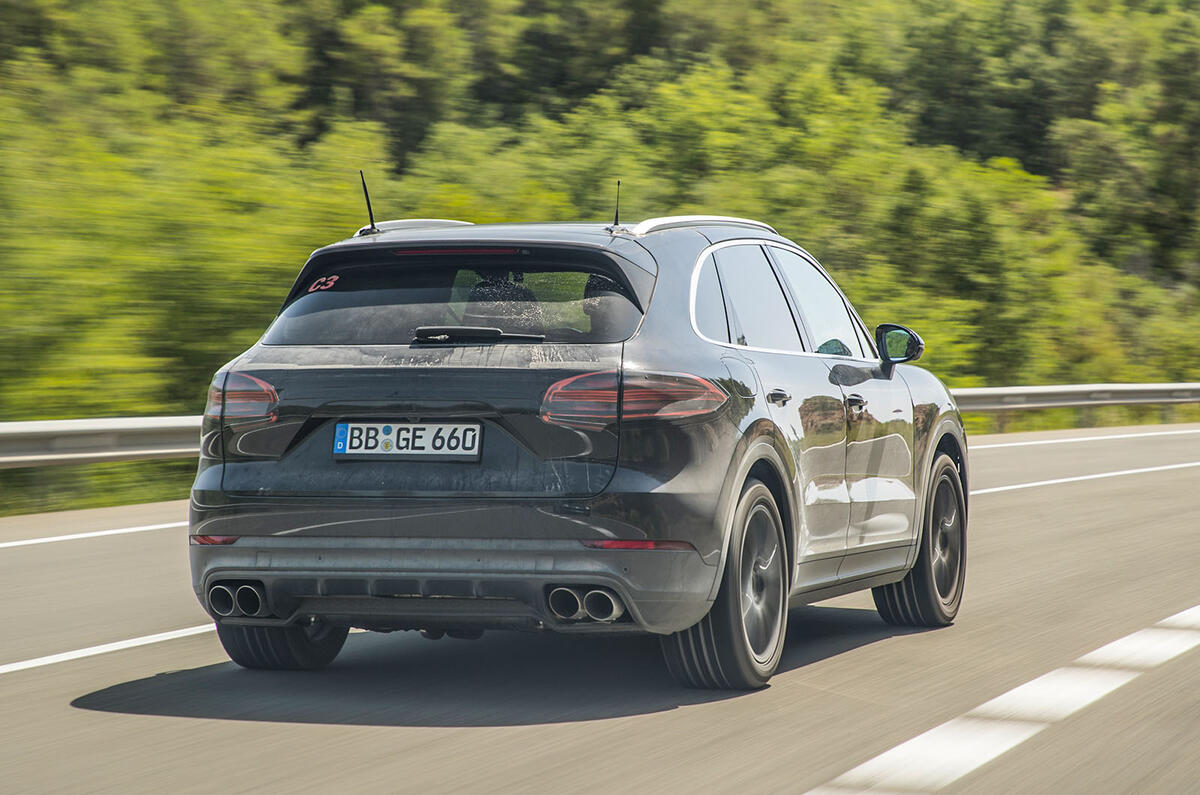
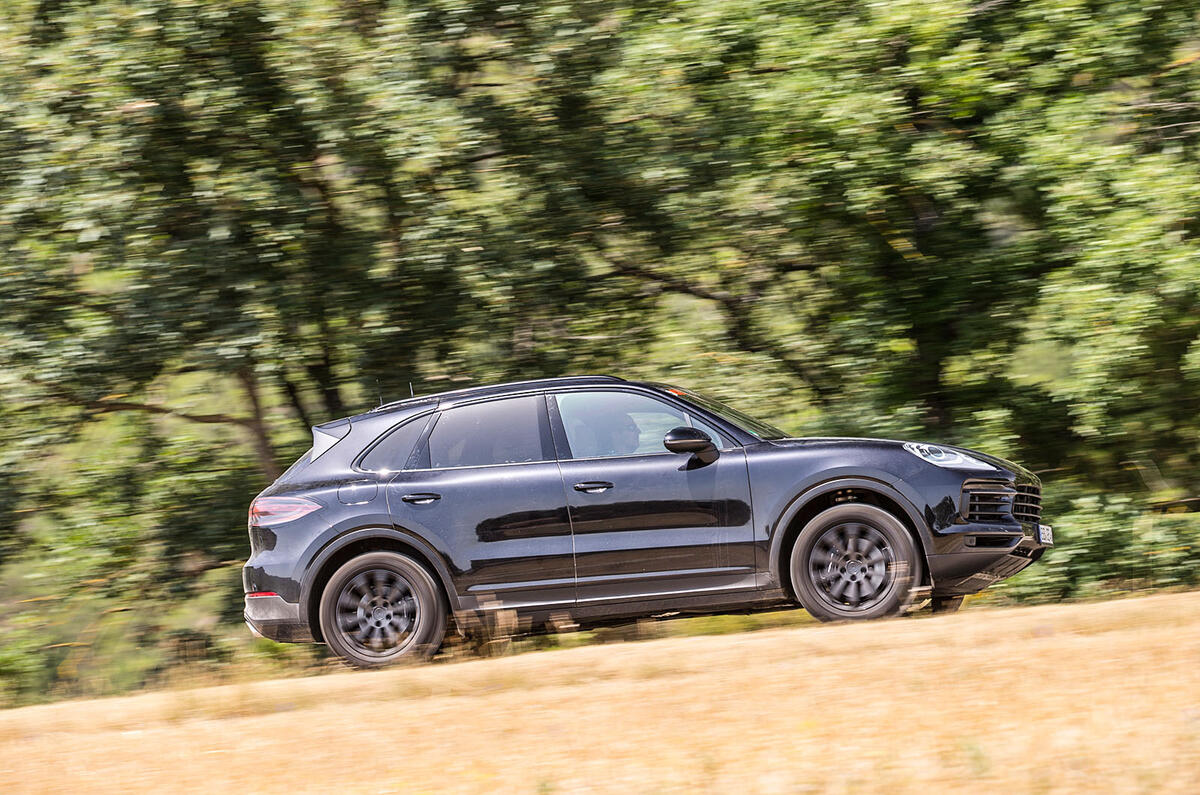
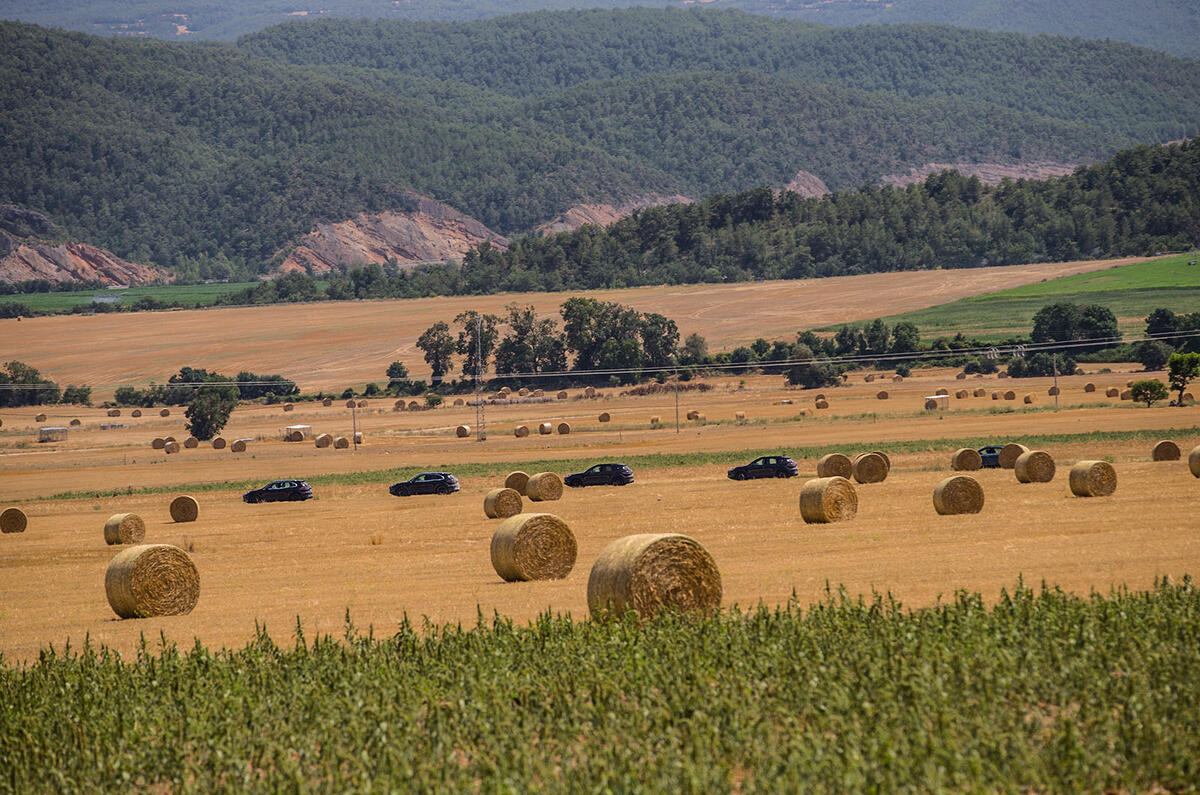

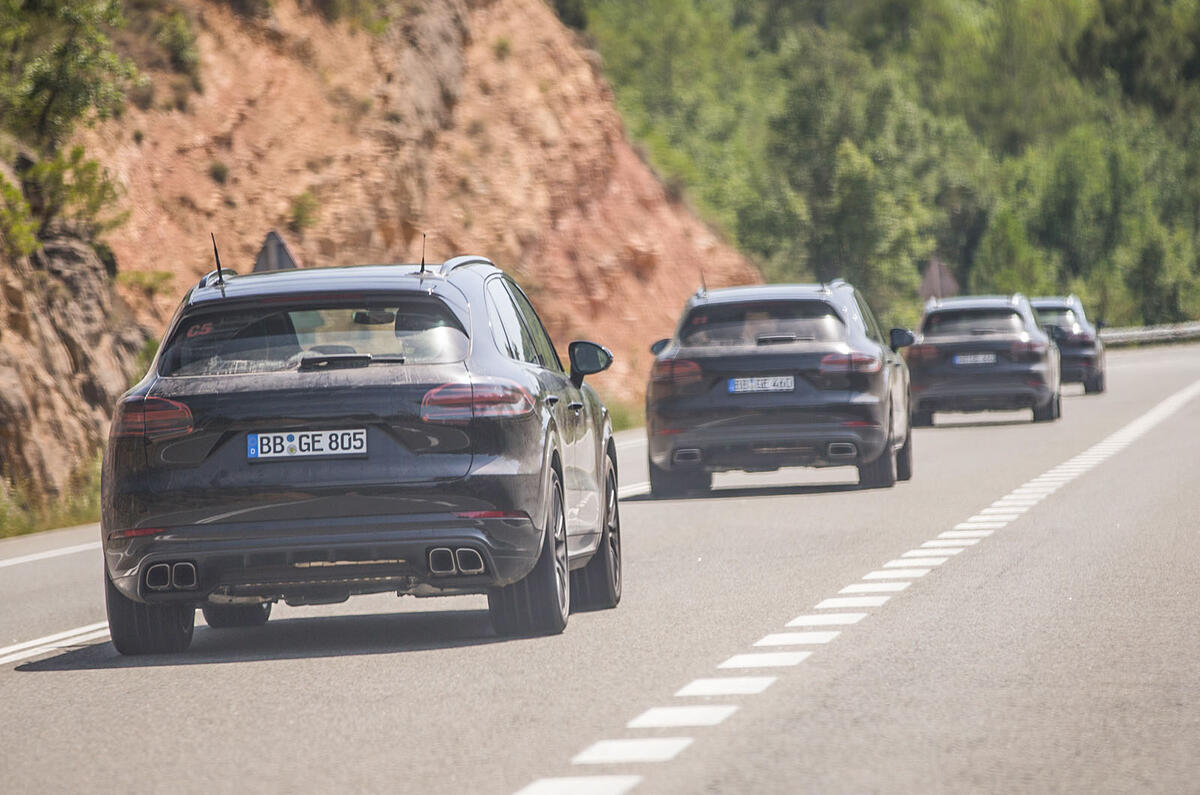
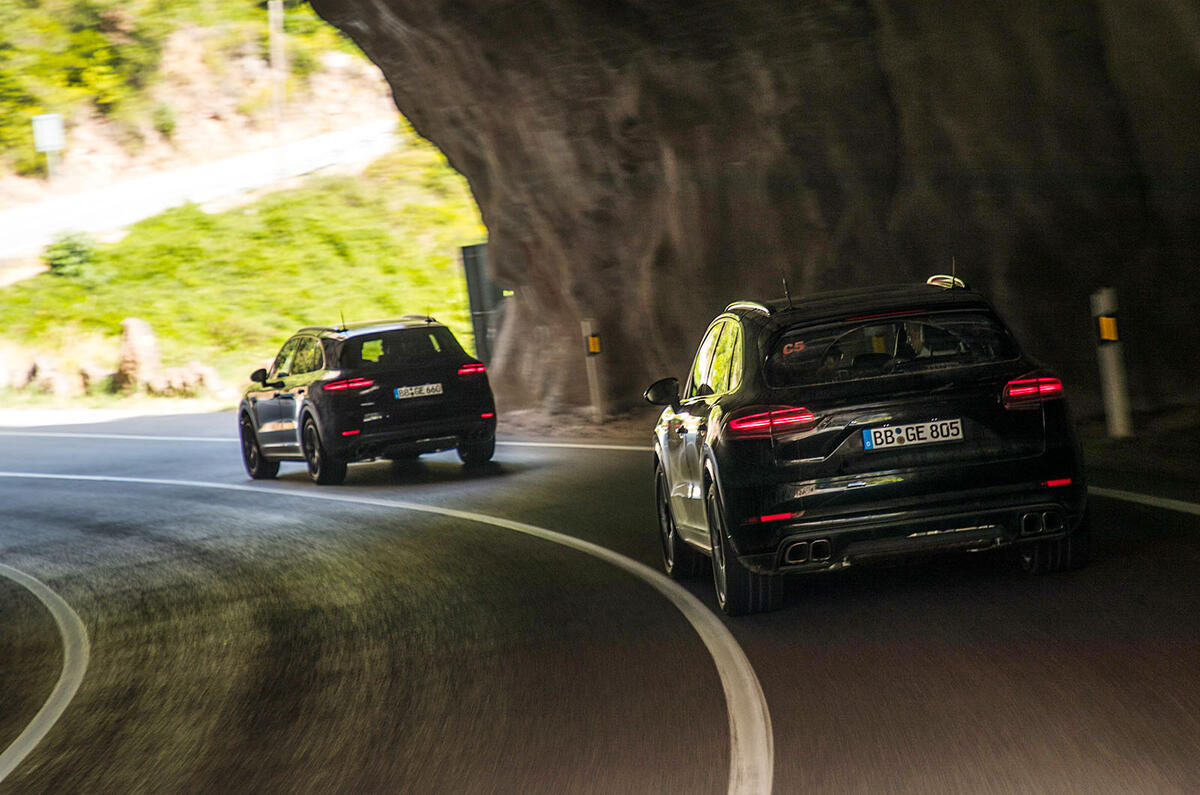
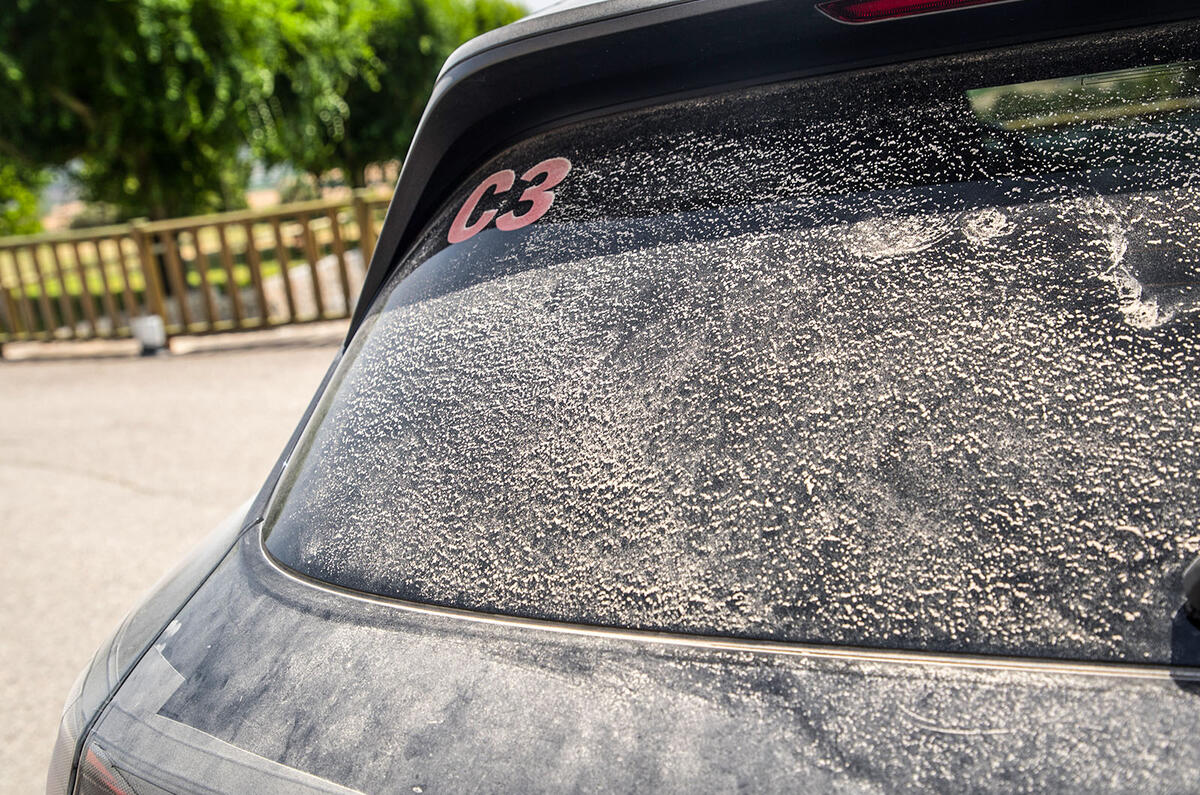

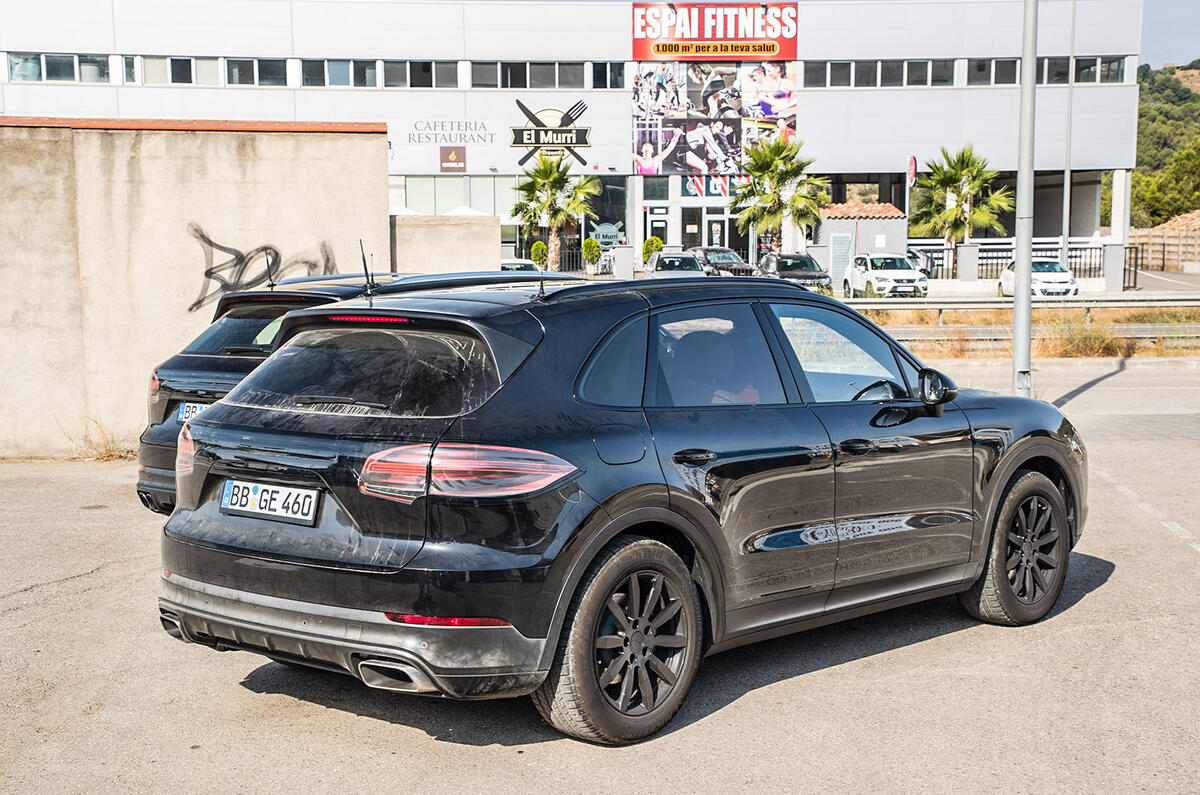

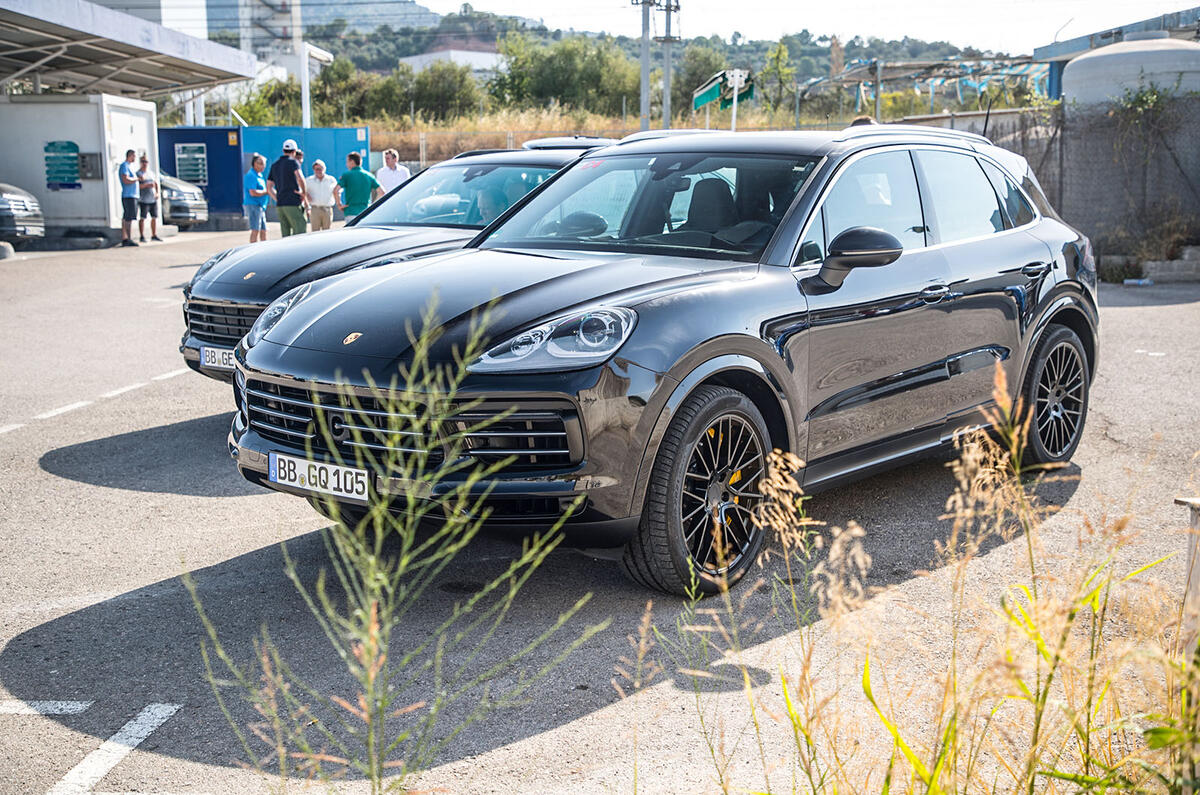
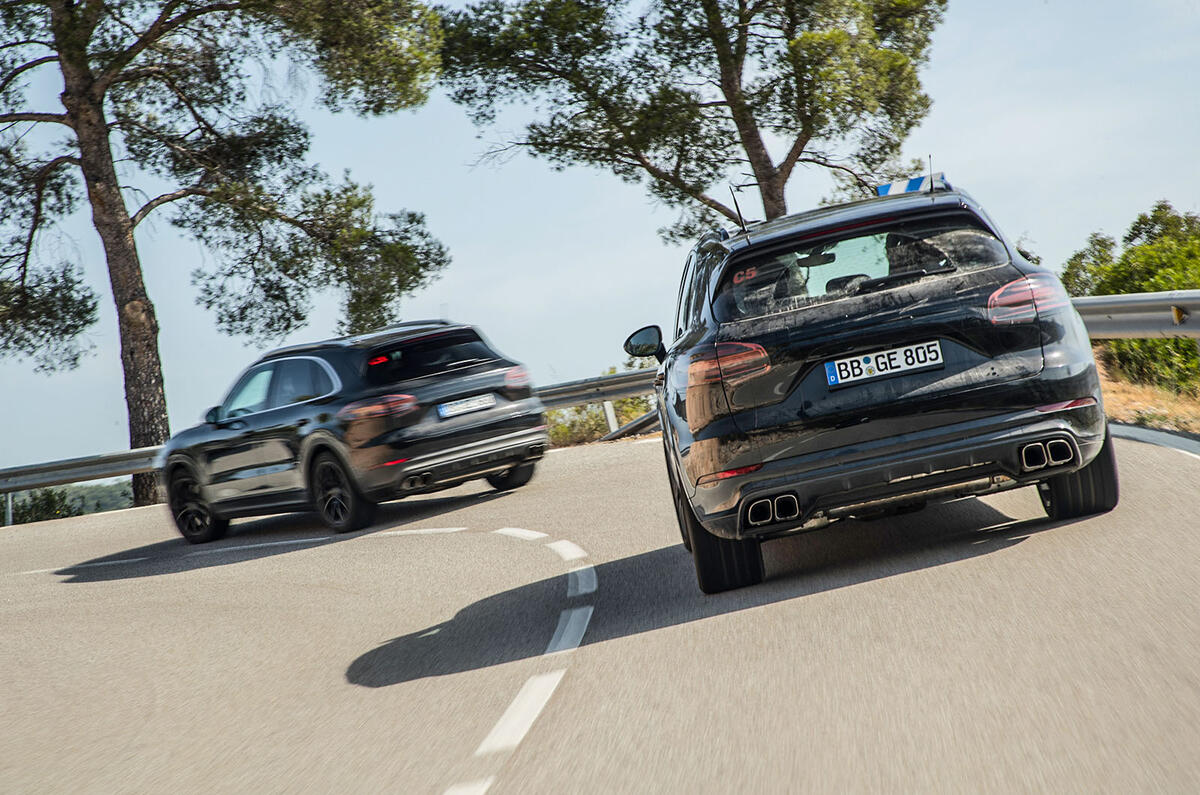



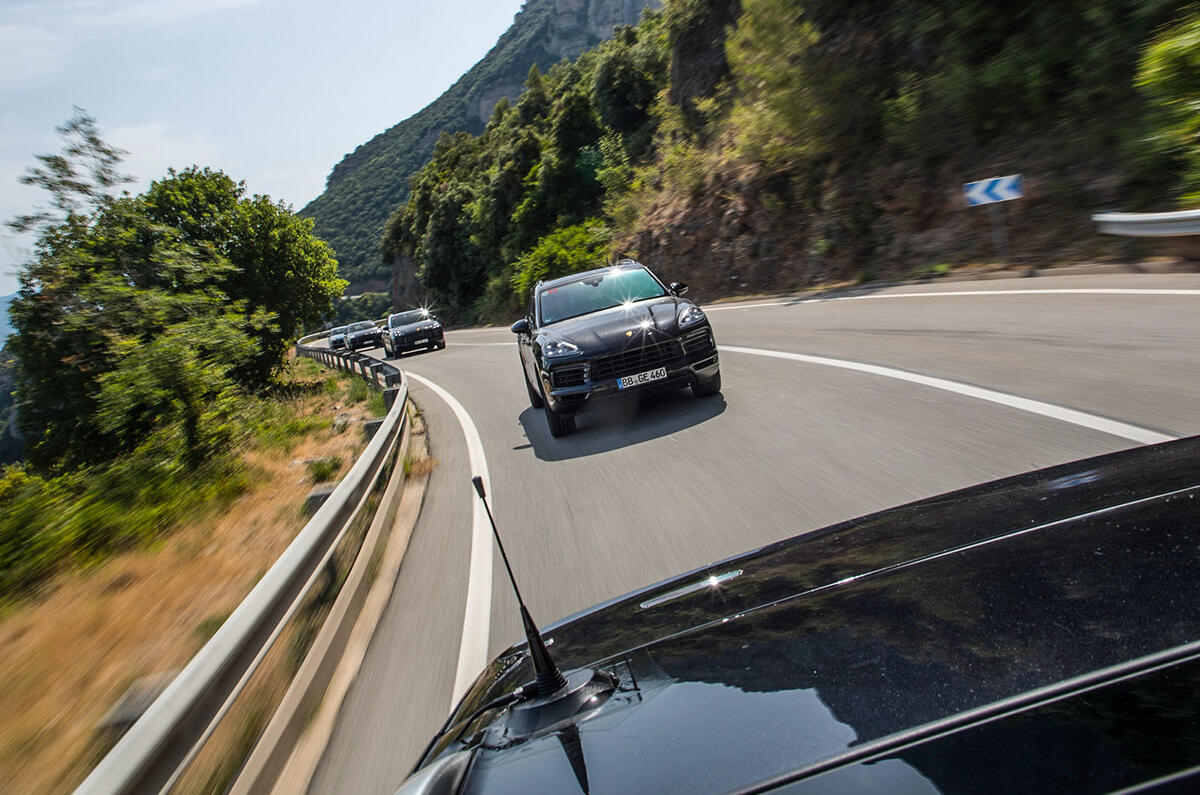
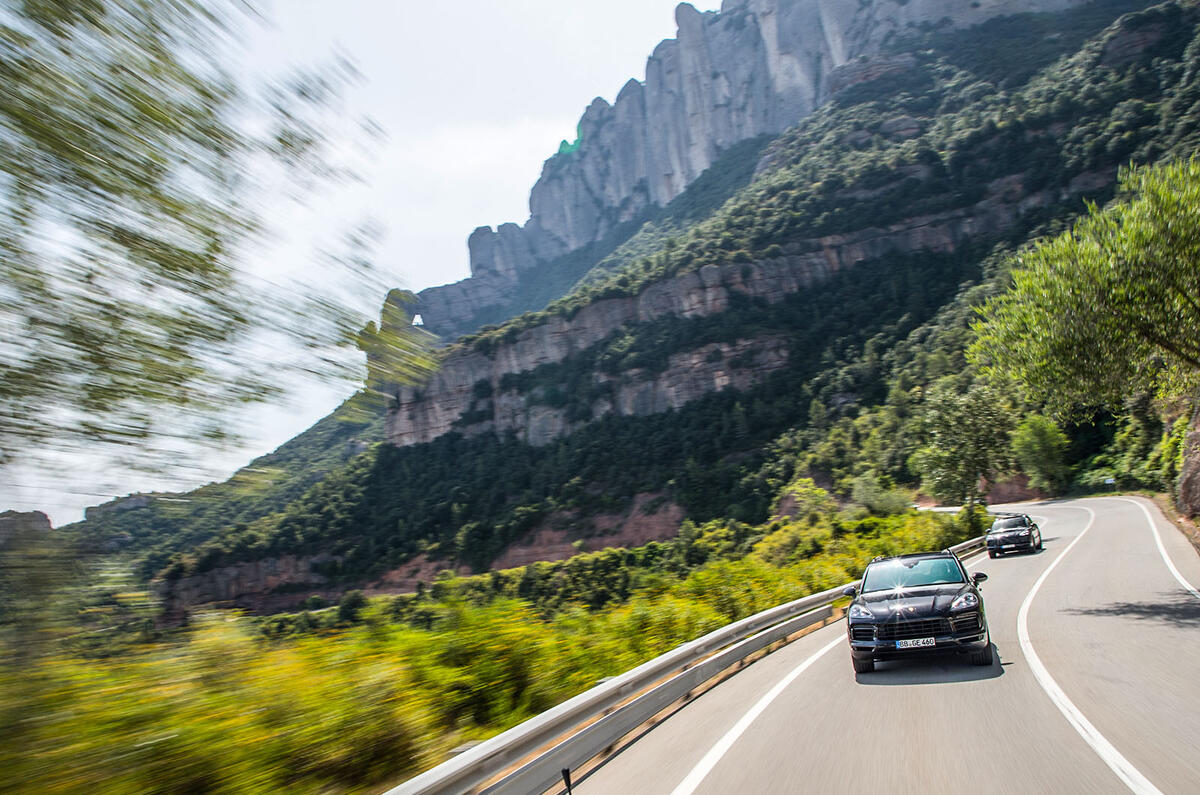

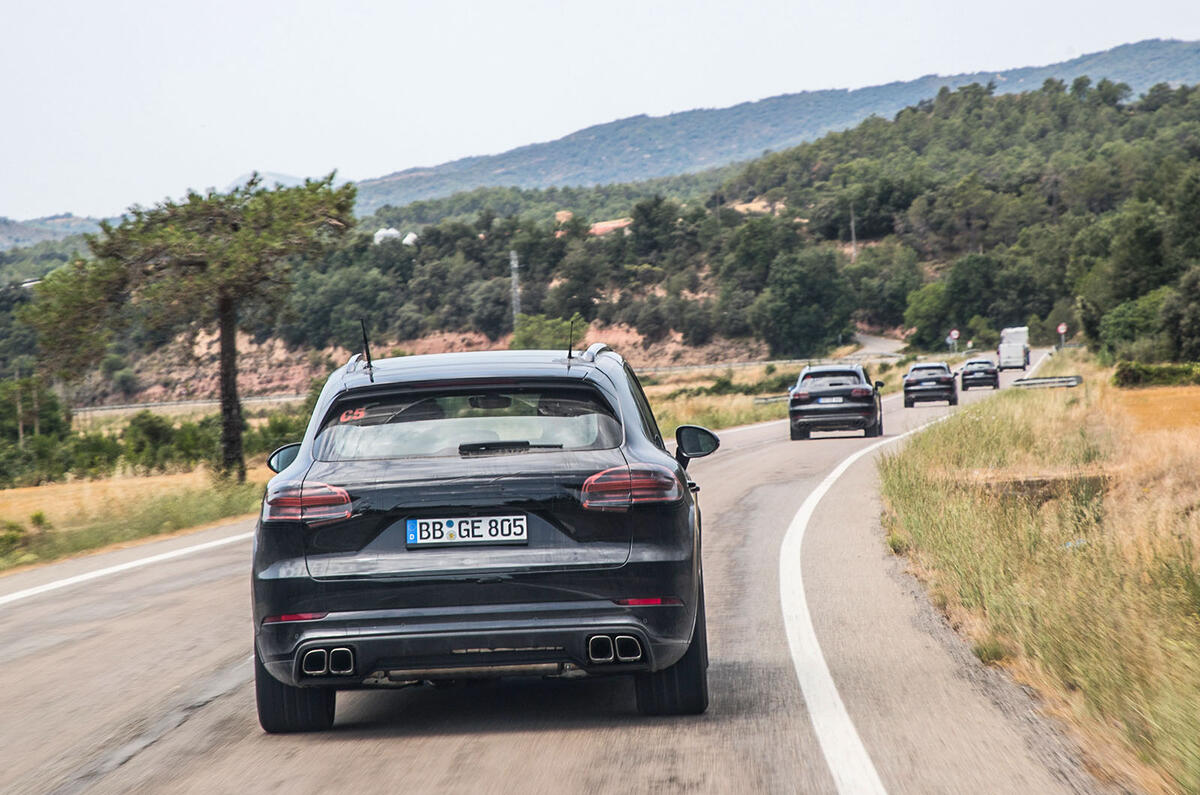
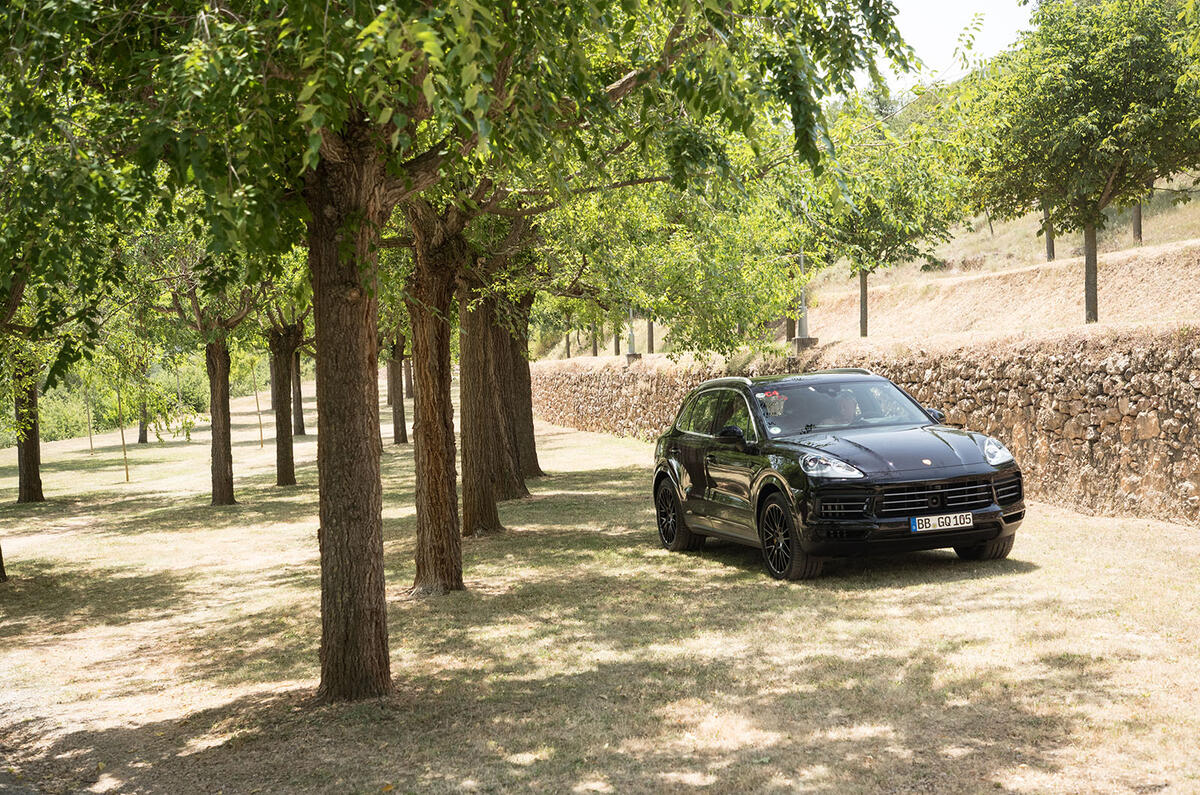
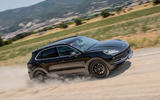
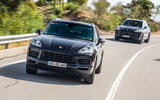

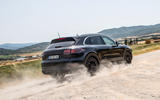
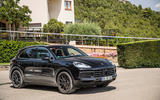
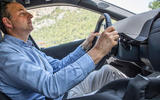
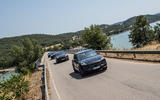
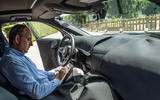
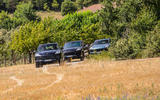
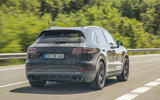


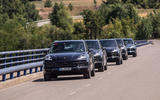
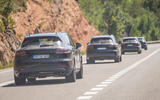

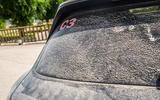
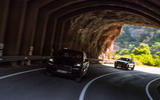

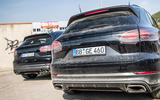

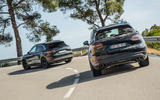
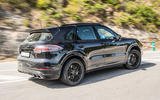

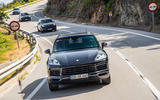
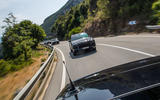

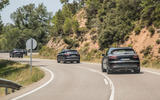

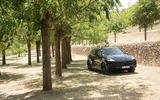

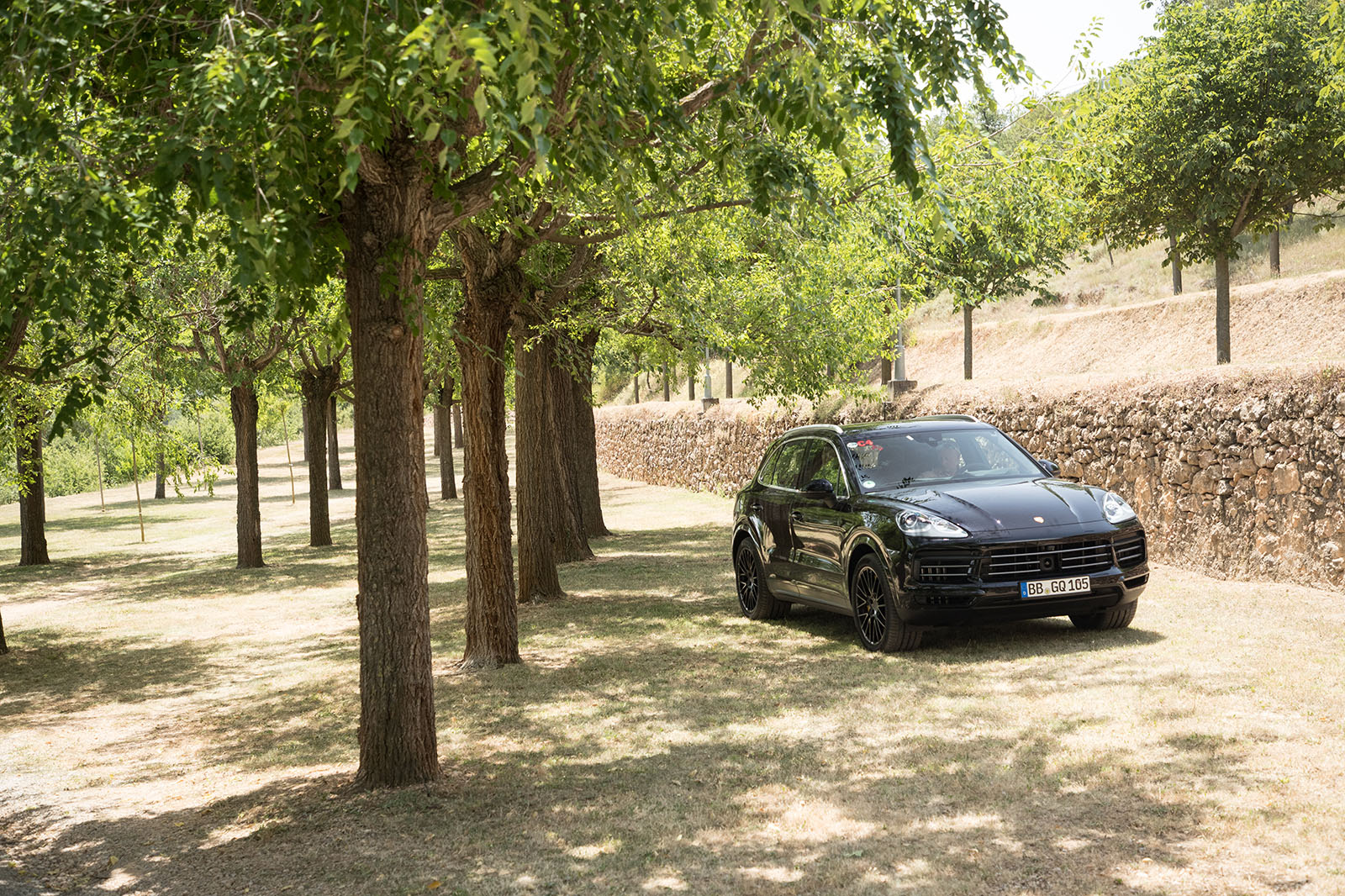
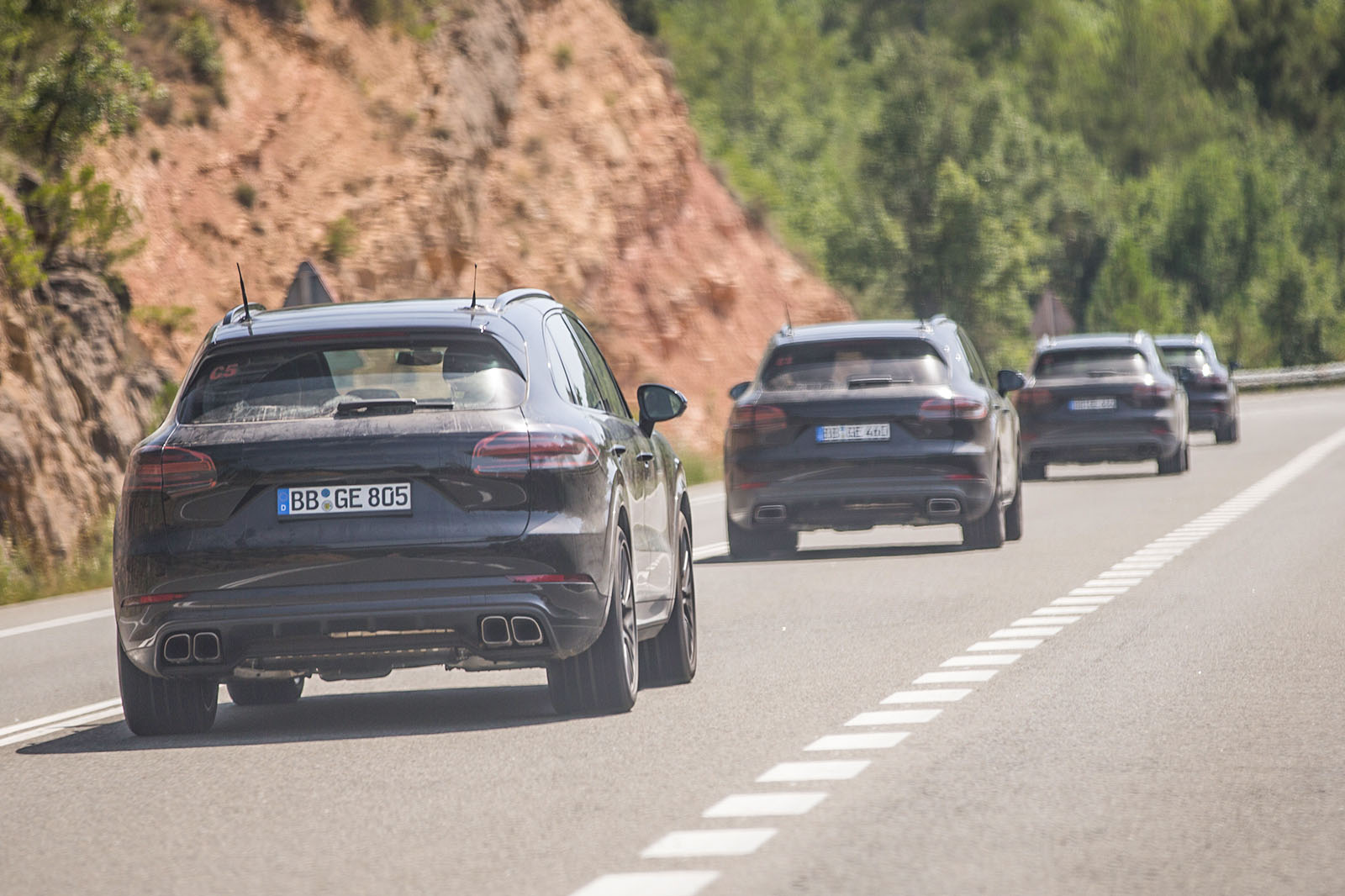
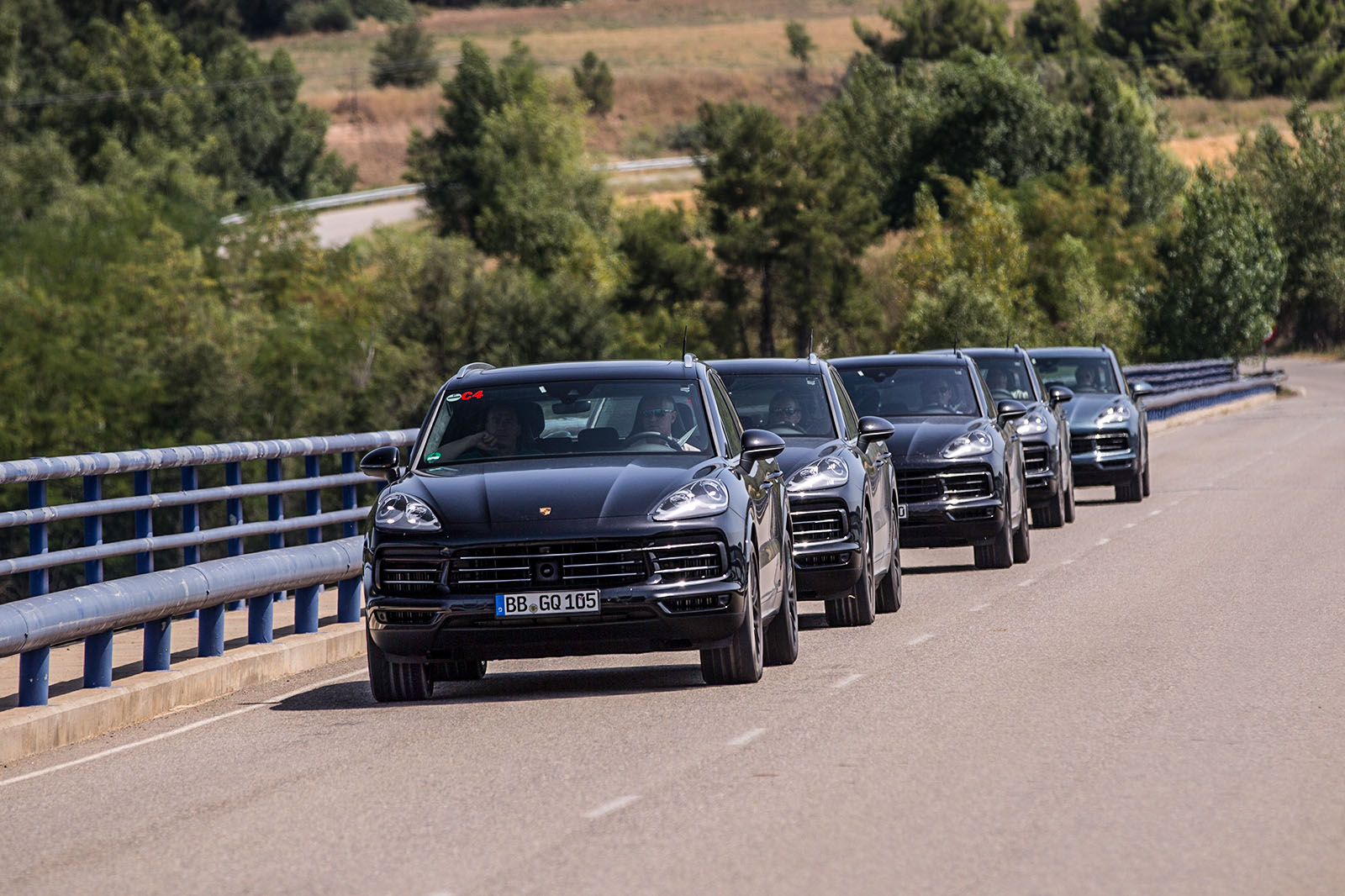

Join the debate
Add your comment
@TStag - wtf are you on about?
Does the article give 5 stars? - no, it quite rightly doesn't give any. Does it praise the car to the hilt? - no it doesn't. Is it giving it's readers an valuable early insight into the next generation of one of the most anticipated and best selling vehicles produced by one of the world's top car manufacturers - yes it absolutely is. And what's wrong with that? Get a grip.
So is autocar now turning
So is autocar now turning into an advertising machine for Porsche. There is little to be learned from this article! I ask because anytime Autocar write about JLR in the same way the same question is asked.....
A correction
I think the new Porsche Cayenne uses the MSB platform, not the outgoing MLB platform which is to be phased out after this generation